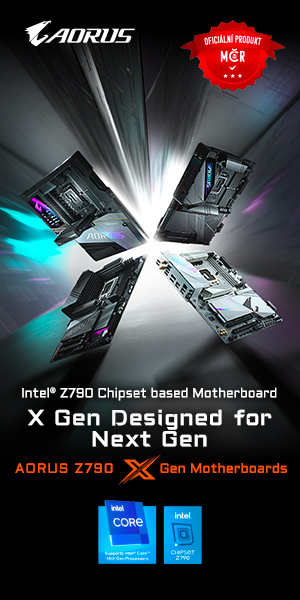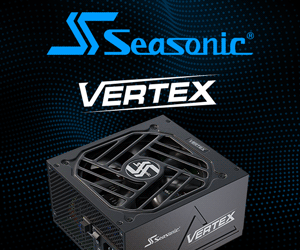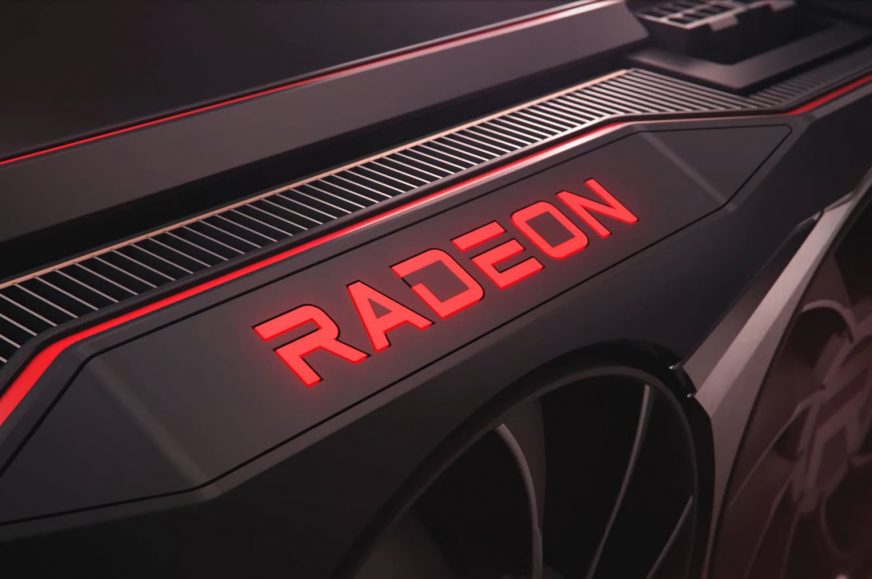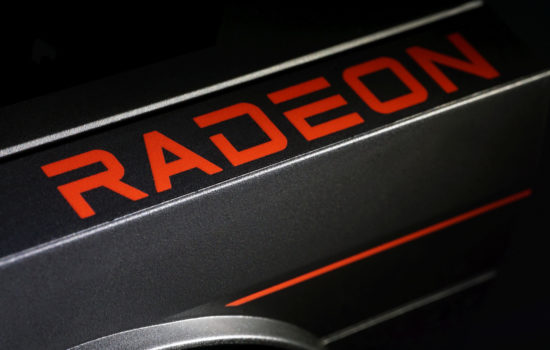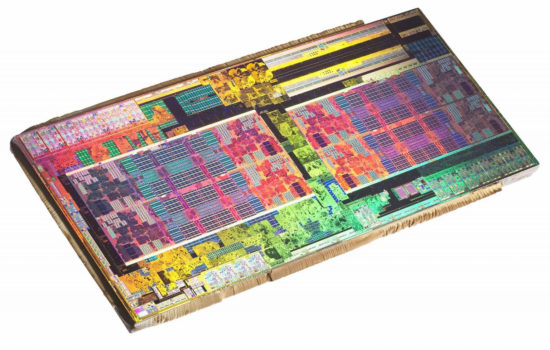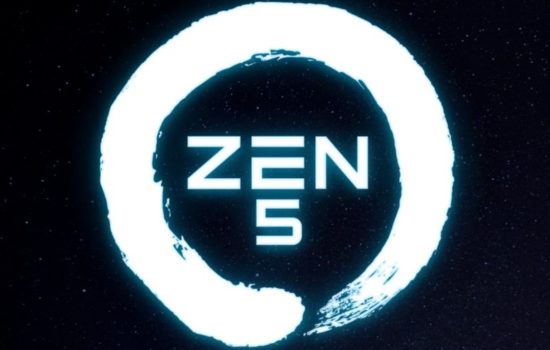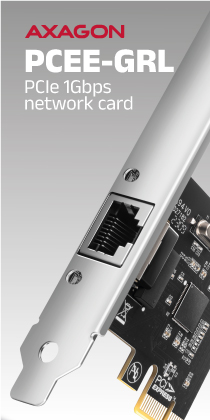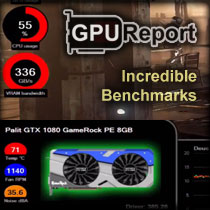AMD has confirmed that installing Radeon drivers can break the operating system when the factory reset option is checked
AMD released a new version of Radeon Software drivers 23.2.1 last month, which was significant in that after a hiatus where new versions were only for Radeon RX 7900s for a while, it merged the two branches and now the same driver supports all GPUs again. But it looks like there is a bug in the installer that may lead to a broken Windows installation. It’s said to happen only rarely, but there are certain situations to watch out for.
Reports that the system sometimes failed to boot after installing drivers appeared right after release. It wasn’t entirely clear if this was a driver issue, as there was a Windows update coming out at the same time, which may have been a problem as well (or it may have been a combination of both factors). AMD has now confirmed that the problem, or perhaps more likely the trigger that starts it, is in the Radeon drivers. But according to its announcement, the occurrence is said to be rare. Judging by the feedback, however, the rarity is perhaps not completely extreme.
The problem, which users report and PCWorld’s editor inadvertently managed to reproduce, apparently only happens when the user checks the Factory Reset option during installation. Without it, the update should be safe, so if you’re hesitant, make sure it’s unchecked (it shouldn’t be by default) and you’re good to go. If you do check it Windows may not load after a subsequent reboot in those supposedly rare cases, and in the worst case, it may not even be able to repair itself in safe mode, necessitating reinstalling the OS.
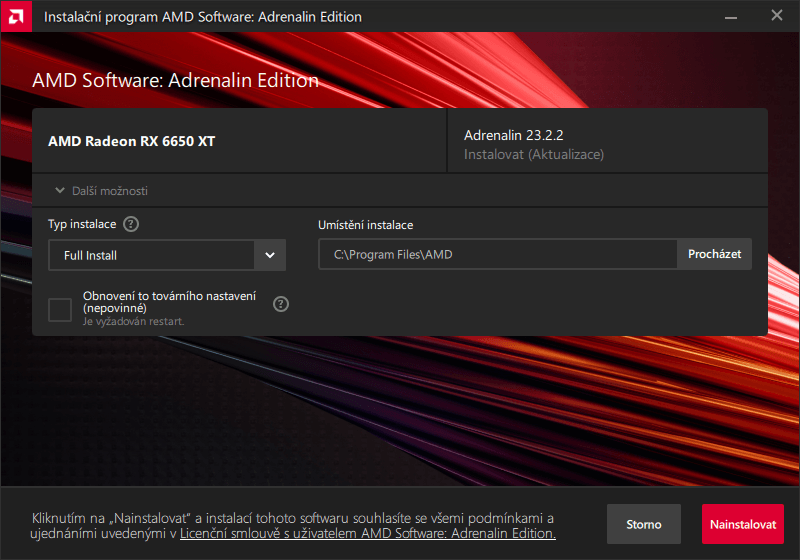
PCWorld reports that as a last resort, you can try the procedure where you press the shutdown button right at the start of Windows startup (it must be after UEFI boots and Windows begins to launch) and repeat this several times. This should cause Windows to automatically run a repair attempt the next time it boots instead of the normal boot (Windows does this when it detects that the boot has failed several times). You can then choose to revert to the previous system configuration – selecting some saved restore point – in the recovery environment. You need to use this option reverting to a restore point, not the option to fix booting as that doesn’t work. However, the procedure may supposedly manage work after multiple retries, so it’s not a pleasant thing to go through.
We have reproduced an issue that can occur in an extremely small number of instances if a PC update occurs during the installation of AMD Software: Adrenalin Edition, and we are actively investigating. We recommend users ensure all system updates are applied or paused before installing the driver, and that the“ Factory Reset” option is unchecked during the AMD driver installation process. We are committed to resolve issues as quickly as possible and strongly encourage users to submit issues with AMD Software: Adrenalin Edition via the Bug Report Tool.
The root cause is a conflict with Windows Update
The cause is (it seems) already known and indeed lies in the interaction with Windows Update. The factory defaults reset function does more than just reset the driver configuration. Rather, it should be cleaning up old versions of drivers and removing them completely from the system before installing new ones. It should be basically the same thing that tools like DDU do.
The problem with the 23.2.1 driver seems to occur when Windows Update starts at the same time as the installation. When the option to return to factory settings is active, Windows has all AMD GPU drivers uninstalled at one point. Windows Update responds by downloading its own version of Radeon drivers from Microsoft’s update servers. So this is an offshoot of the known problems where Windows Update sometimes overwrites your manually installed GPU drivers.
In this situation, it probably happens sometimes that both the Radeon Software installer and Windows Update install their version of the drivers at the same time, and the result is that the system crashes. So the fault is somewhat on both sides, and the root cause is that one installer is unable to delay or block the other while it is active.
PCWorld reports that AMD is analyzing the bug. However, the issue with Windows Update overwriting GPU drivers is a long-standing one, so it’s a question whether we can expect a workaround for it, or whether the factory defaults reset feature will need to be removed or changed. For now, we recommend you don’t use it. Without it, installing new driver versions should be completely safe.
An ultra-rare Radeon driver bug is ruining PCs. This exotic fix revived mine—and AMD, which helped me troubleshoot, is investigating the issue. https://t.co/jdDTdxylE6
— Brad Chacos ⌨️🖱🎮 (@BradChacos) March 3, 2023
If you need or want to do the cleanup, then an alternative would be to download the AMD package first and then disconnect the network cable before installing it (and disable Wi-Fi if you have a wireless network; you just need to ensure that the system doesn’t automatically connect to the internet after rebooting). You could get the same effect if you manually pause Windows Update for a while in its settings, again before you start installing AMD drivers.
In addition, it is worth making a backup or snapshot of the system from which you can restore a working installation after a crash. As you can see, it is generally a good idea to back up a lot and often, because even if you are careful, you never know what might happen.
Sources: PCWorld, VideoCardz, Uzzi38
English translation and edit by Jozef Dudáš
⠀



